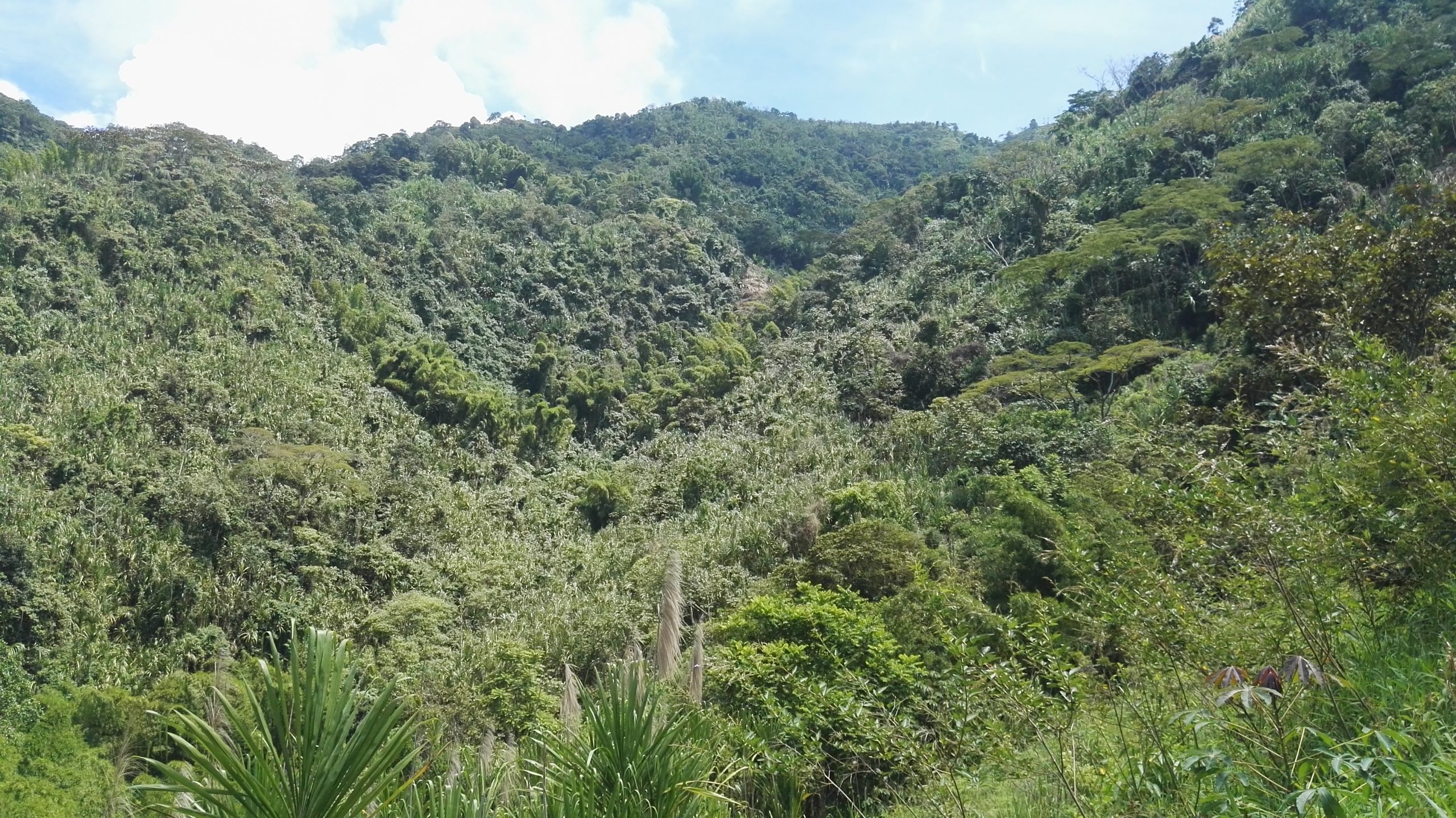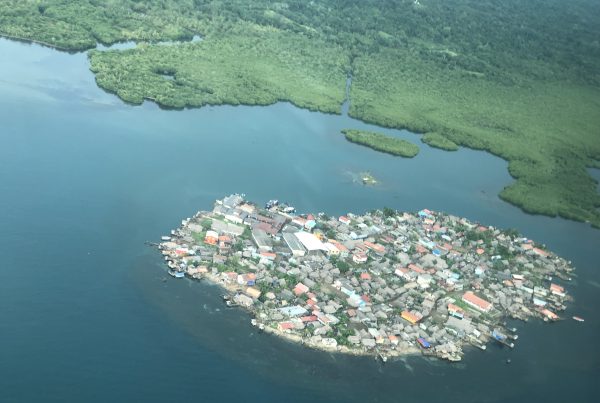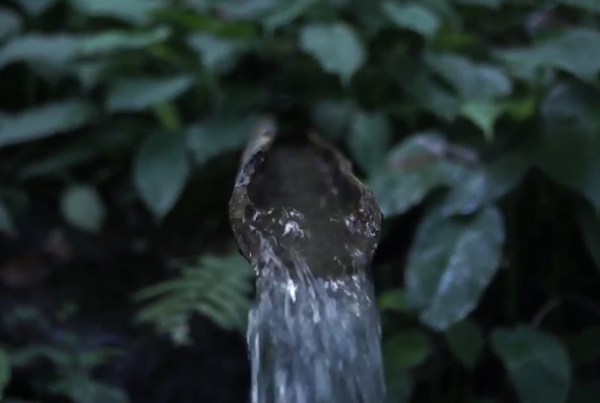The Cañamomo Lomaprieta Indigenous Reserve1 in Colombia was created by a royal warrant issued by Carlos I of Spain in 1540. It covers 4,837 hectares and involves 32 communities.
The history of Cañamomo Lomaprieta has been concerned largely with territorial defence; its rich gold deposits motivated the conquistadores to found villages within the indigenous territory, and it became a centre for slavery. The indigenous inhabitants were exploited almost to the point of extermination.
In spite of this history, however, the Indigenous community has maintained its ancestral community traditions of respect, care, and balanced management of its relationship with Mother Earth. These practices are now being changed by state economic production schemes and by pressures on forest areas for cultivation. These and many other factors have affected the natural balance, and this means that today new policies and thinking are needed that focus on un-learning harmful practices and on environmental and agro-ecological thinking. It is still possible to recover, protect and conserve our environment, but for this to happen we must strengthen local people’s sense of the care for our natural heritage and develop an environmental management plan that will allow us to maintain healthy surroundings.
Our entire organisation, our authorities and our community members have concentrated our efforts and will continue to do so on environmental restoration within the territory. To this end a strategic plan is being developed focusing on seven areas: water, solid waste management, risk management, environmental education, biodiversity, climate change and mining.
Our activities to date have included the following:
- Environmental workdays and a “Plant a Tree for the Resguardo” campaign, which has involved community tree nurseries and the planting of 61.000 trees
- Establishment of living fences and maintenance of an inert fence
- Management of wild species of flora and fauna and creation of a nursery for local species
- Analysis of domestic wastewater and its decontamination
- An “I don’t take garbage to my house” campaign focusing on proper management of waste, recovery of forest strips, and maintenance of tree plantations
- Creation of an Environmental Council and an Environmental Recovery Association
- Development of an environmental education policy and a natural heritage programme
- Organisational strengthening
These actions have been carried out without external financing. We are strengthening the social fabric of our community, generating intergenerational unity, and involving both women and men. We are carrying out these actions in the context of conflict, hate speeches and threats against our indigenous leaders, in order better to defend our territory. Our actions are a hope, a light amid a chaotic and turbulent world of armed conflict.
Author
- Héctor Jaime Vinasco, Governing Council of the Resguardo Cañamomo
Ecosystems
- Tropical forests
Topics
- Ecosystem restoration
Type
- Short-form
Date
- This case study forms part of LBO-2, originally released in 2020.
References
- Resguardos indigenas are ‘the collective
property of the indigenous communities
for which they are established and … are
inalienable, imprescriptible and unseizable.’
Source: Colombian Ministry of the Interior
(2013) Resguardo Indígena. Available at:
https://www.mininterior.gov.co/content/
resguardo-indigena



